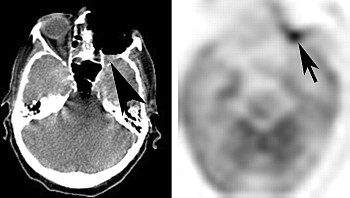
Ashok Srinivasan
We are transitioning into an era where personalized medicine, in terms of individualized treatment options, will play a pivotal role in the management of head and neck cancer. It has been recognized for some time that anatomic imaging (conventional CT and MRI) has its limitations in characterizing the functional or physiologic status of cancer, which is an important determinant of treatment response and prognosis. Hence, we sought to study the role of diffusion MRI in head and neck cancer with the hypothesis that this biologic technique may serve as a biomarker for tissue cellularity. Our initial studies utilizing diffusion MRI showed that apparent diffusion coefficient could distinguish benign and malignant neck lesions, and could also predict response to chemoradiation in head and neck cancer. Other studies in the literature utilizing different magnets and protocols have also shown that both diffusion and perfusion imaging can predict response to chemoradiation in head and neck cancer and could be useful tools for early monitoring of therapy. While studies in this field have been performed across many different institutions in the United States and abroad, the time is ripe for a collaborative multi-institutional study that can firmly establish the role of biologic imaging and also help develop clinically relevant qualitative and quantitative metrics derived from these techniques.
